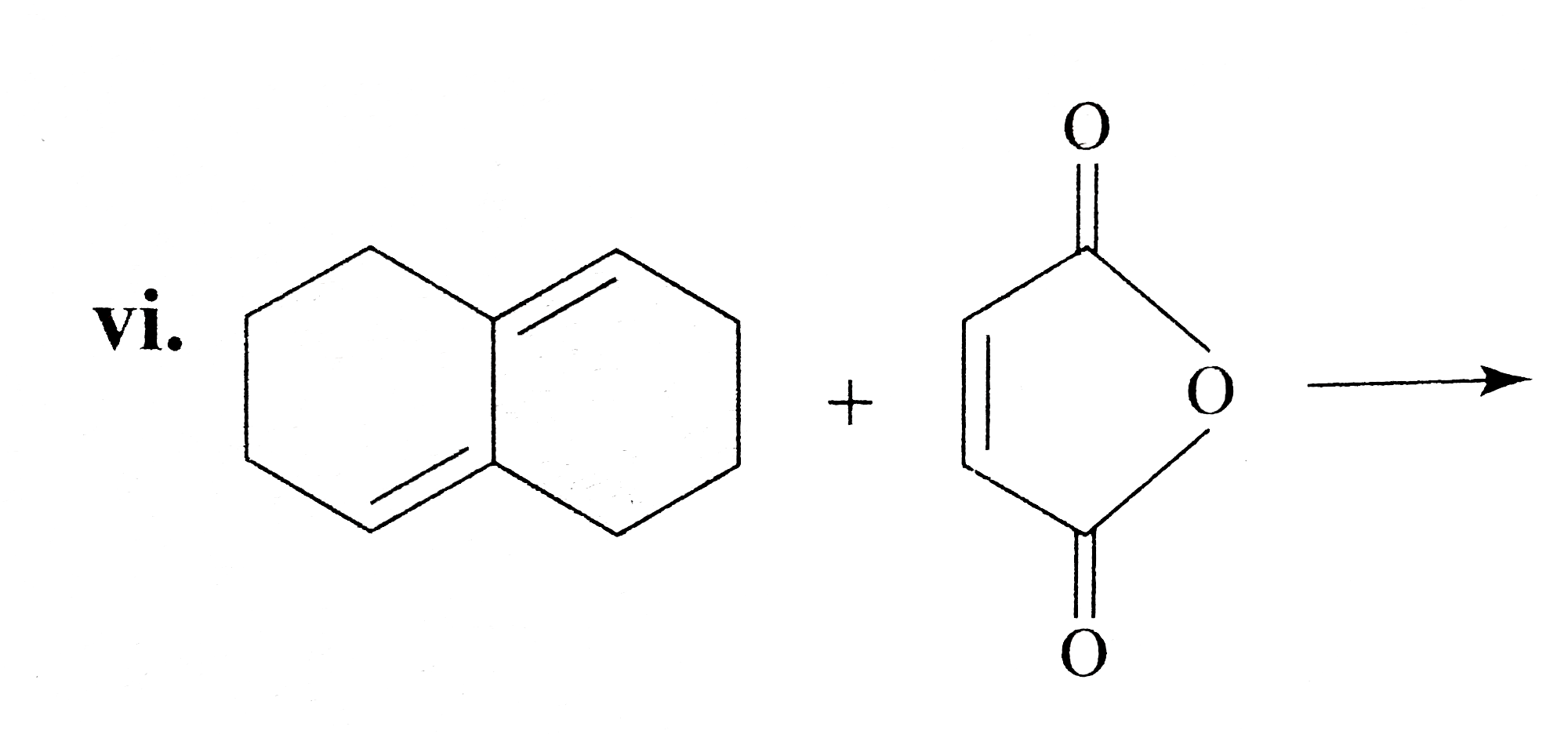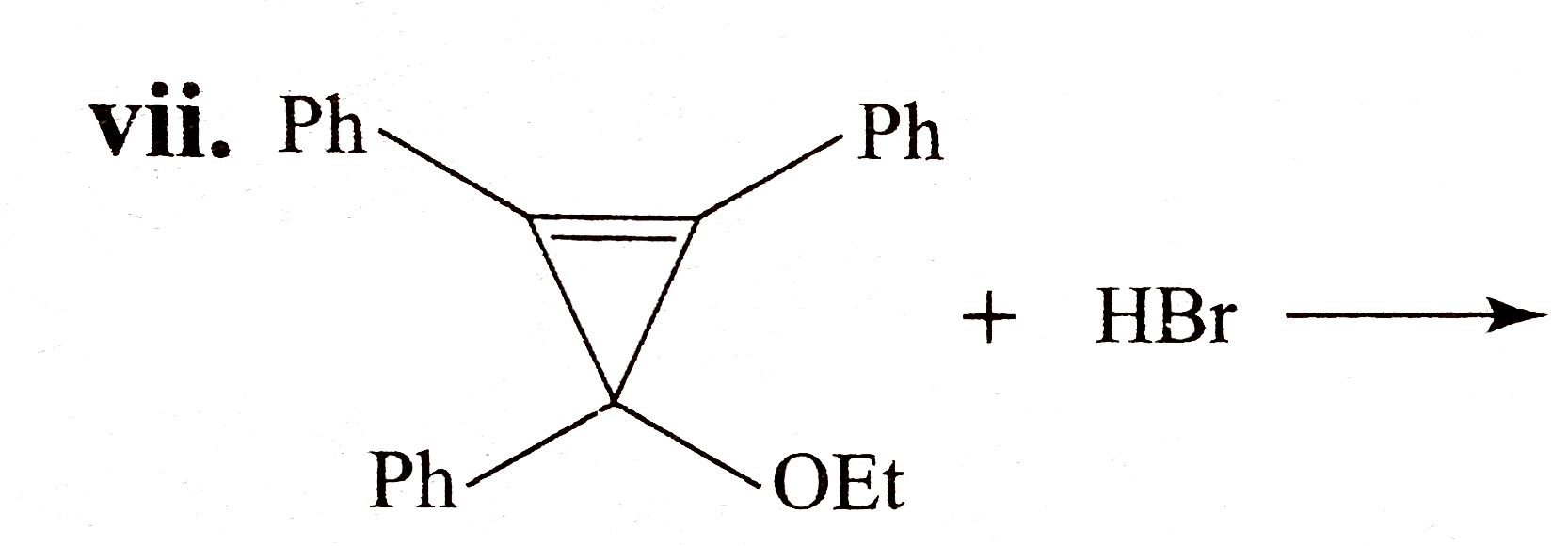Name the tissues which perform the following functions :
(i) Haemopoiesis (ii) Formation of antibodies (iii) Coagulation
(iv) Locomotin (v) Transmission of message (vi) Protection against mechanical shocks
(vii) Clearing dead cells.
Video Solution
Text Solution
(i) Red bone marrow found in marrow cavity of the long bones (vascular adipose tissue) (ii) Lymphocytes of blood (iii) Blood platelets/Thrombocytes of blood (iv) Voluntary (skeletal) muscle fibres (v) Neurons of nervous tissue (vi) Adipose tissue (vii) Monocytes of blood , macrophages of areolar tissue.
|
Similar Questions
Knowledge Check
Identify the functions of blood from the following.
(i) Transportation of nutrients
(ii) Regulation of body temperature
(iii) Exchange of gases
(iv) Protection against infectionsA(i),(iv)B(ii),(iii)C(iii),(iv)D(i),(ii) , (iii),(iv)Which among the following is not the function of testes at puberty?
(i) Formation of germ cells (ii) Secretion of testosterone
(iii) Development of placenta (iv) Secretion of estrogenA(i) and (ii)B(ii) and (iii)C(iii) and (iv)D(i) and (iv)Which among the following is not the function of testes at puberty?
(i) Formation of germ cells
(ii) Secretion of testosterone
(iii) Development of placenta
(iv) Secretion of estrogenA(i) and (ii)B(ii) and (iii)C(iii) and (iv)D(i) and (iv)
Name the animal tissue which act
(i) as protective covering of the body (ii) for the transmission of messages.
View SolutionName the excretory organ present in the following animals : (i) Earthworm (ii) Centipedes (iii) Prawn
(iv) Star fish (v) Man (vi) Flat worms
View SolutionName the plant from which following drugs are obtained :
(i) Opium and its derivatives (ii) Charas (iii) Marijuane (iv) Caffeine (v) Cocanie (vi) LSD
View SolutionWhich among the following is not the function of testes at puberty?
(i) formation of germ cells
(ii) secretion of testosterone
(iii) development of placenta
(iv) secretion of estrogen
View SolutionWhich among the following are present in bacterial cells?
(i) Mesosome
(ii) Ribosome
(iii) Plastid
(iv) Plasmid
(v) Mitochondria
View Solution










